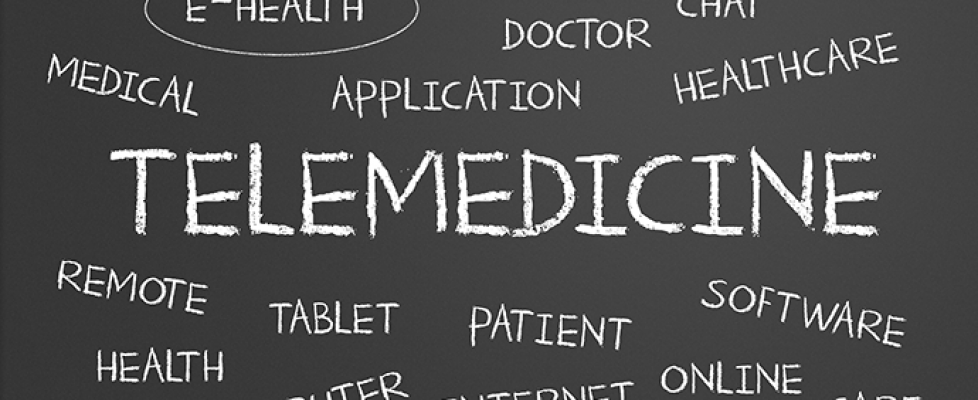Florida Mulls Medicaid Coverage for Asynchronous Telehealth, RPM
A bill introduced last month in Florida would give the state’s Medicaid program the option to provide coverage for asynchronous (store-and-forward) telehealth services and remote patient monitoring programs.
February 09, 2021 – Florida lawmakers are considering legislation that allow Medicaid coverage for asynchronous (store-and-forward) telehealth and remote patient monitoring services.
S.852, filed last month by State Senator Jason Brodeur, gives the state’s Medicaid program the option to reimburse for these two services, which have seen rapid adoption during the coronavirus pandemic and give healthcare providers new platforms to improve access to care.
Specifically, the bill would allow coverage for “remote evaluation of recorded video and images, including interpretation and follow-up with the recipient within 24 business hours, not originating from a related evaluation and monitoring service provided within the previous 7 days or leading to an evaluation and monitoring service or a procedure within the next 24 hours or at the soonest available appointment.”
It would also allow coverage for “remote patient monitoring services, including remote monitoring of physiologic parameters, supply of devices with daily recording or programmed alert transmission, and remote physiologic monitoring treatment management services requiring interactive communication with the recipient and provider.”
Health systems and hospitals across the country have launched RPM programs in recent months to provide remote, home-based care for patients diagnosed with COVID-19. Many are considering fine-tuning those platforms – which often use telehealth services and mHealth devices – after the pandemic to serve other populations, including patients discharged from the hospital and in need of continuing care or rehab and those with chronic care management needs.
Asynchronous telehealth platforms are also seeing renewed interest as health systems look to offer services that don’t rely on real-time audio-visual telemedicine technology. Examples include eConsults and direct-to-consumer services for non-acute health concerns.

